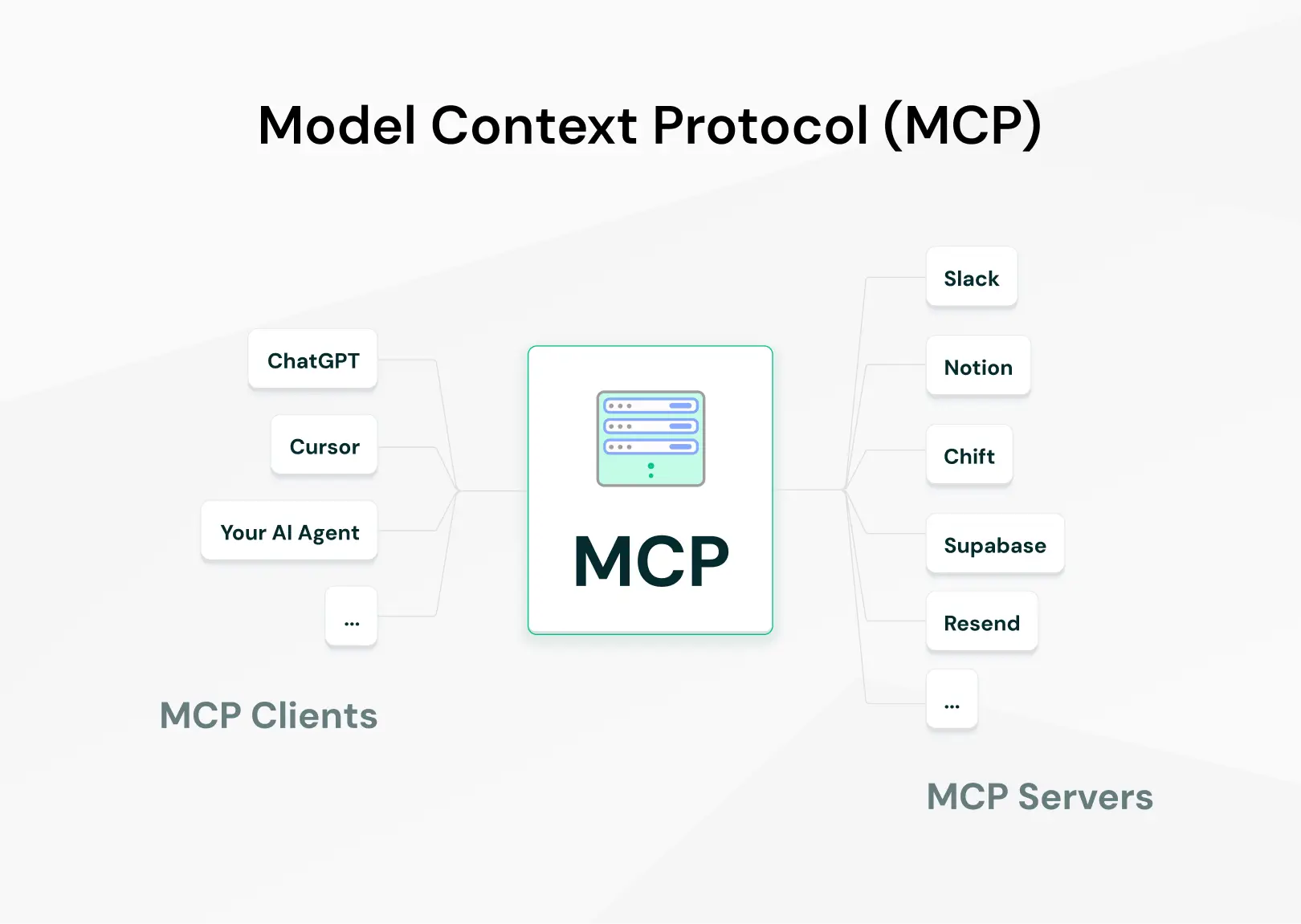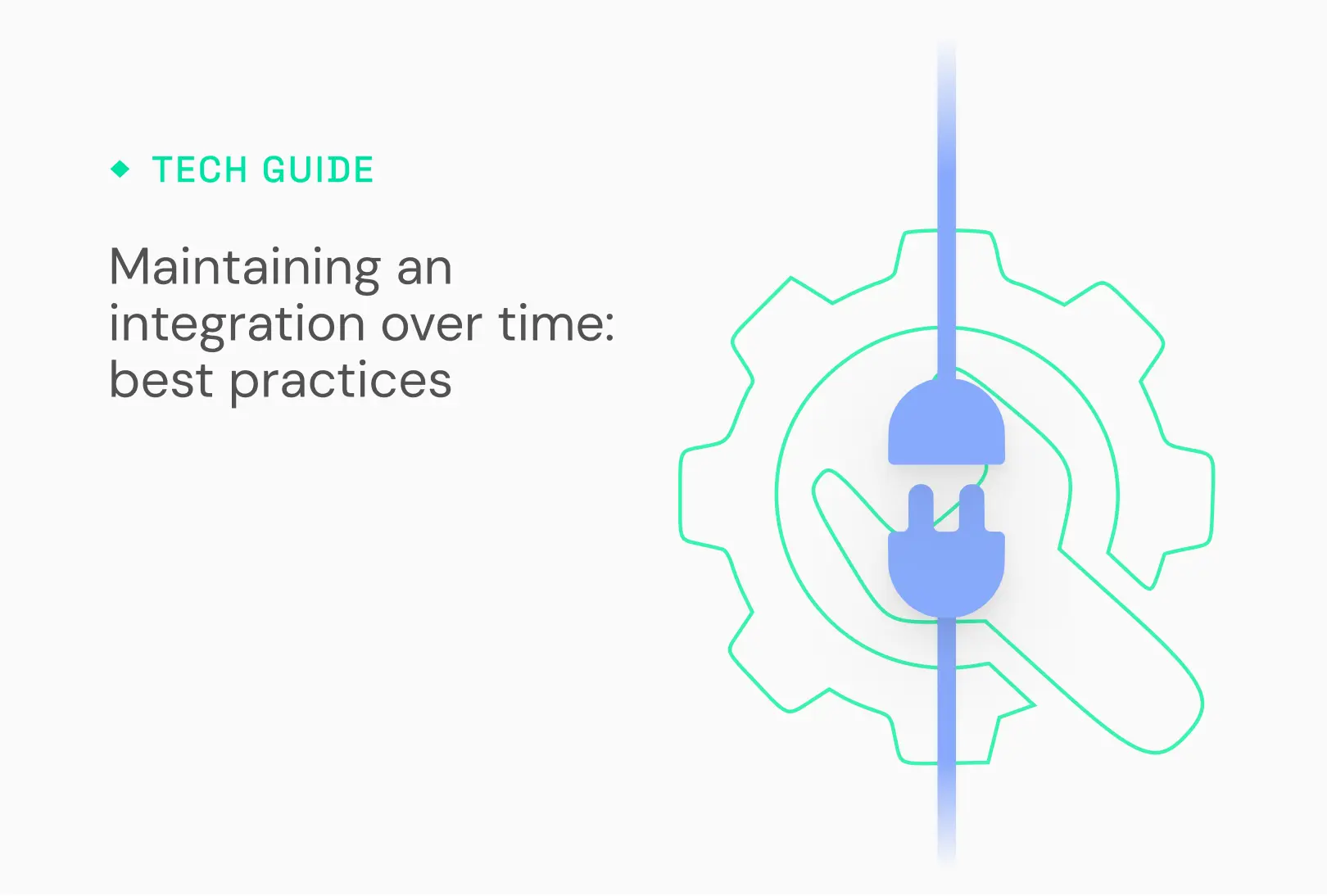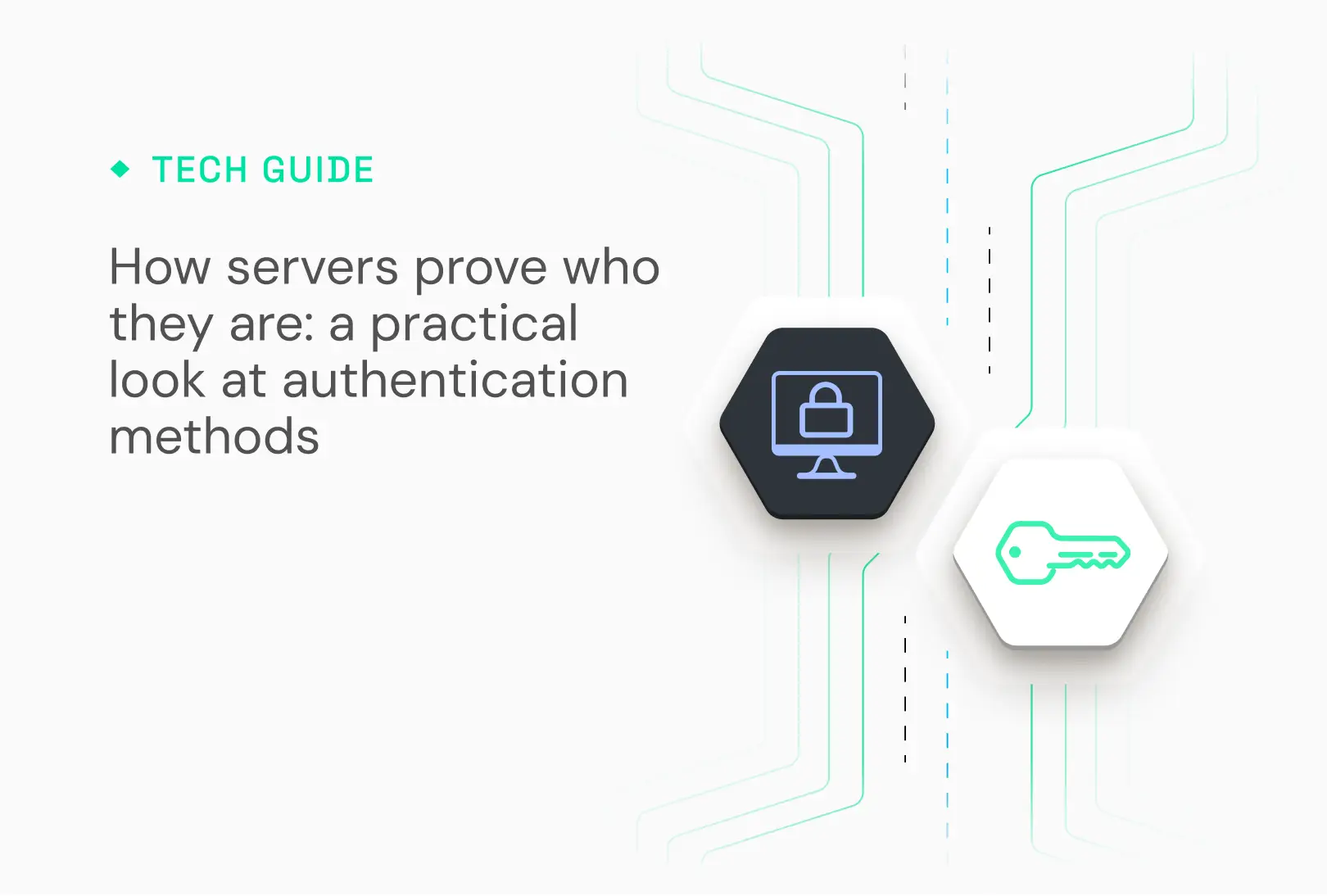A unified API is an abstraction layer that brings together the endpoints of multiple APIs in one place. Therefore, the unified API will standardize the data it receives. A unified API will bring together different APIs within the same vertical.
It is the sine qua non for integration: the unified API must include the relevant integrations. If an accounting package wants to integrate with its customers' cash register software via a unified API, this unified API will have to offer sufficient coverage.
There are other criteria for optimal operation: here's an overview of the questions to ask.
What is the integration coverage?
The coverage of an integration gives an overview of the actions possible with the integration (GET, POST, UPDATE, DELETE) for each object. This information is available in the API documentation. Coverage indicates what will be covered by the integration and what will not from the outset.
As the doc of the unified API shows, each connector has its coverage depending on the possibilities. For example, here are the different routes that Pennylane or Sage 100 offer.
How often are synchronizations performed?
A unified API offers different synchronization frequencies depending on requirements. Importing invoices into accounting software, for example, can be done once a day, once an hour, or even in real-time. Chift offers this real-time synchronization.
A webhook is essential to monitor the integration: thanks to the frequency and optimization of the integration, it transmits information in real-time.
Is custom data available if necessary?
A unified API will standardize data and eventually make choices about what it standardizes and how it does it. That's why Chift offers the option of integrating custom data. These will cover the use cases of its customers and the customers' customers.
How is monitoring organized?
The story doesn't stop once the integration is built: the integration requires maintenance. Hence, a system for monitoring, alerting, and resolving problems is necessary. With this in mind, Chift has developed a dashboard that shows where to track calls, detect errors, and re-run calls if necessary.
How quickly and with what resources is integration carried out?
A unified API is made by devs for devs. Its implementation is designed to make their lives easier:
- A unified API comes with exhaustive, accessible documentation.
- It uses an SDK in a language that is relevant to integration.
- It offers the possibility of testing most exhaustively and efficiently as possible. Chift, for example, opted for an integrated postman.
How is security ensured?
Security is the cornerstone of a unified API, given the quantity and sensitivity of the data it processes.
Any unified API must meet a set of minimum criteria in this respect. At Chift,
- The data is encrypted.
- Platform uptime exceeds 99%.
- Stress tests are carried out regularly.
- Pentests are carried out regularly.
- The platform is RGPD compliant.
- The servers are in Europe, in Paris.
This checklist is the minimal conditions that your unified API should meet. Yet, you may want to also have a call with the team in charge and check that your ways of working are aligned and that you'll get the quality of support you deserve.
If you like to see what working with Chift is like, feel free to jump on a call with Gauthier Henroz, co-founder.






.avif)












